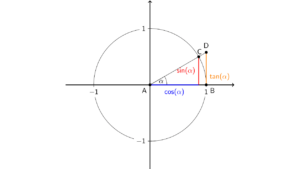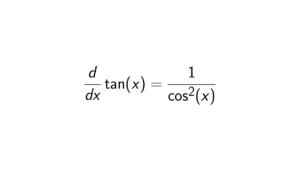Prove that the ring M_2(\mathbb{R}) contains a subring that is isomorphic to \mathbb{C}.
We will prove that M_2(\mathbb{R}) contains a subring that is isomorphic to \mathbb{C}.Proof of that M_2(\mathbb{R}) contains a subring that is isomorphic to \mathbb{C}.
Let S be a subring defined as \begin{align*} S = \{ \begin{pmatrix}
a & b \\
-b & a
\end{pmatrix} \ | \ a,b\in \mathbb{R} \}\end{align*}\begin{align*}
\phi: S &\longrightarrow \mathbb{C} \\
\begin{pmatrix}
a & b \\
-b & a
\end{pmatrix} &\longmapsto a+b\sqrt{-1} = a+bi.
\end{align*}Homomorphism
Let’s have the following matrices:
s_1 = \begin{pmatrix}
a & b \\
-b & a
\end{pmatrix} \longmapsto a + bi \quad \text{and} \quad s_2 = \begin{pmatrix}
c & d \\
-d & c
\end{pmatrix} \longmapsto c + di. \begin{align*}
\phi(s_1) + \phi(s_2) &= a + bi + c + di \\
&= (a + c) + (b+d)i \\
&= \phi(s_1 + s_2).
\end{align*}\begin{align*}
s_1s_2 = \begin{pmatrix}
a & b \\
-b & a
\end{pmatrix} \begin{pmatrix}
c & d \\
-d & c
\end{pmatrix} = \begin{pmatrix}
ac - bd & ad + bc \\
-(ad + bc) & ac - bd
\end{pmatrix} \longmapsto (ac - bd) + (ad + bc)i
\end{align*}\begin{align*}
\phi(s_1)\phi(s_2) = (a + bi)(c + di) = (ac - bd) + (ad + bc)i.
\end{align*}Injective
To check if it is injective, its kernel must be equal to the empty matrix. Notice that a + bi \iff a = -bi. Since a ,b \in \mathbb{R}, it must be the case that a = b = 0. So we do have indeed that the kernel is the empty matrix.
Surjective
This is already clear by definition since
S = \{ \begin{pmatrix}
a & b \\
-b & a
\end{pmatrix} \ | \ a,b\in \mathbb{R} \}\begin{align*}
\mathbb{C} = \{a+bi \ | \ a,b\in \mathbb{R}, \ i^2 = -1 \}.
\end{align*}
